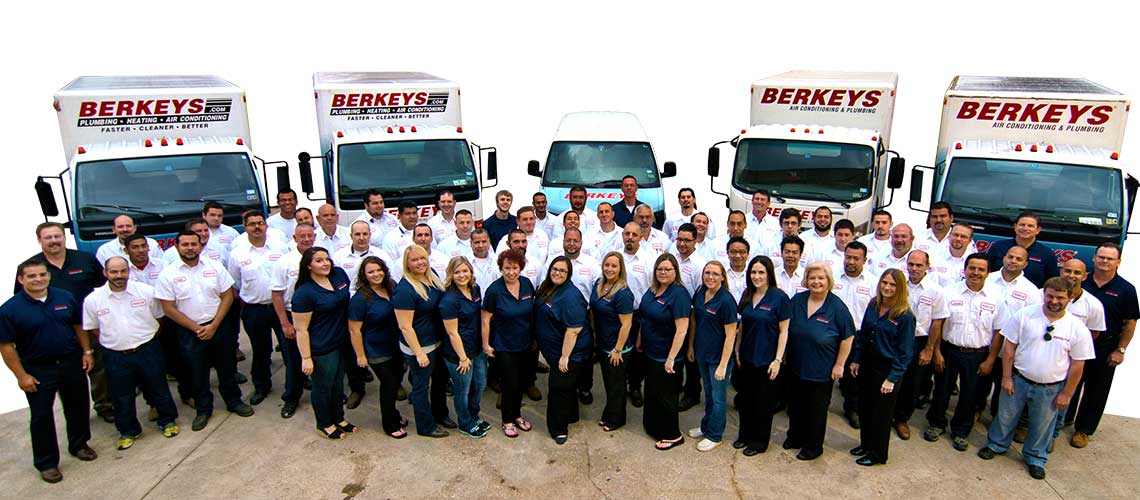Clean water is one of our most valuable resources and it shouldn’t be wasted – especially waiting for the hot water to reach your faucet. With a rapidly expanding population and droughts occurring frequently and lasting longer, saving water and energy is becoming more important. Homes with long pipes running from the water heater to the tap can have a long wait for hot water. The hot water in the pipes cools when it is not in use and the heat loss can be significant even if the pipes are well insulated. All this cool water runs through the pipe before the hot water can reach your faucet. This wastes water and energy, not to mention it’s inconvenient. The water wasted can add up to thousands of gallons per year.
Installing a hot water recirculation system can solve these issues. These systems keep hot water in the supply pipe by slowly pumping hot water through your pipes and send it back to the heater through a dedicated line or through a special manifold on the cold water line. Several types are available and some may save thousands of gallons a year while using very little energy.
Most of these systems use a pump to circulate the water. The circulation pump for a dedicated loop system is mounted on a pipe connected to the water heater. The hot water pipes are installed in a loop throughout the home, passing near each plumbing fixture. At each faucet, a short pipe connects the loop to the hot water valve. Because hot water is consistently circulating through the hot water loop, any time a valve is opened, it takes only a fraction of a second for hot water to reach the faucet.
Systems with an integrated loop are typically installed to retrofit a home. The pump is installed st the water heater and the special manifold under the plumbing fixture farthest from the water heater. In this system, hot water is returned to the water heater through the cold water pipes. This may raise the temperature of the cold water slightly, but it returns to the usual cold temperature quickly.
Some models run constantly to circulate hot water through the pipes. Others are set using a timer so that the pump is only running during peak demand times. Water in the pipes is usually at it’s coolest early in the morning. You can set the timer to turn the pump on for the same time as your alarm clock. The hot water will be ready and waiting at the faucet.
Some models use a thermostat, which maintains a certain temperature. Several manufacturers now offer warm water recirculating pumps. These systems use low flow circulation pumps. In most cases, sensors are placed near the fixture furthest from the heater. The sensor detects the water temperature in the pipe and turns the pump on and off to maintain a lower temperature (between 85 and 90 degrees F) rather than hot water, which is typically over 98-104 degrees F. Some models offer adjustable temperature settings.
The most energy efficient type of recirculating system is the “on demand” system because it uses the least amount of energy and saves the most water. When you push the request button (or it’s activated by a motion detector) the pump sends the heated water to your fixture and returns the cool water back to the heater through the cold-water piping. The pump shuts off when the sensor detects the arrival of hot water. The pump only operates when you want hot water and the cold water sitting in the pipe isn’t wasted. Generally, these “on demand” units can take between 1-2 minutes before you feel the hot water at the fixture.
The energy used to run a typical system is minimal. Most systems cost only a few dollars per year in electricity to operate. In addition to saving energy and water, hot water recirculation improves the efficiency and effectiveness of household appliances (washing machines and dishwashers, etc.) by having hot water available instantly.
There are benefits to each system. Before you make any decisions, you should call your certified plumber. They can explain the differences between systems and product types. They can help you determine which system is best for you. Ask about discounts or rebates from the manufacturers. Your certified plumber may also have additional suggestions and may have specials on equipment or other services. Many also have service plans, like Berkeys BAM Plan, that can help save you money on service calls and provide annual plumbing tune-ups.
Berkeys Air Conditioning & Plumbing specializes in hot water solutions for residential customers in Dallas, Texas. To learn more about hot water recirculating pumps, visit www.berkeys.com/grundfos.
